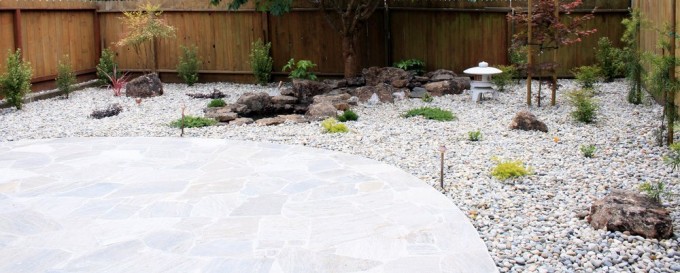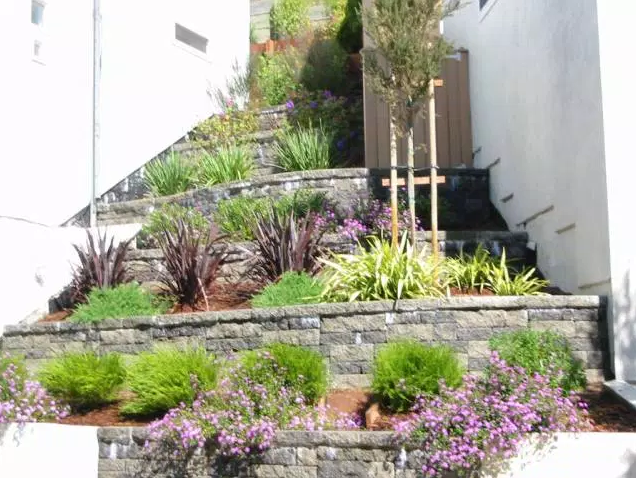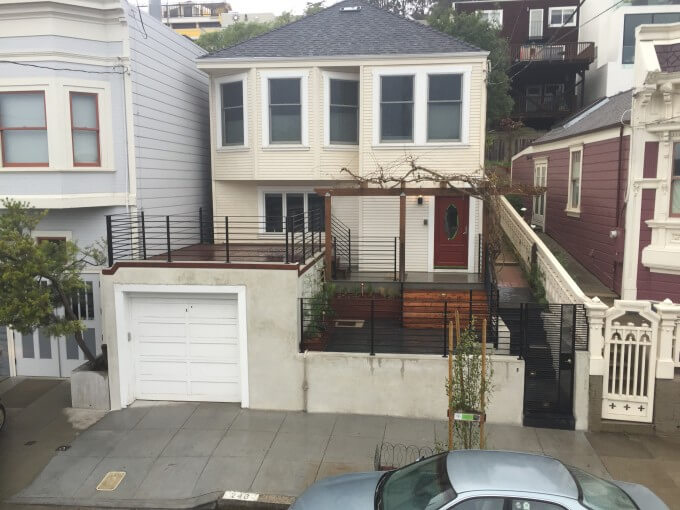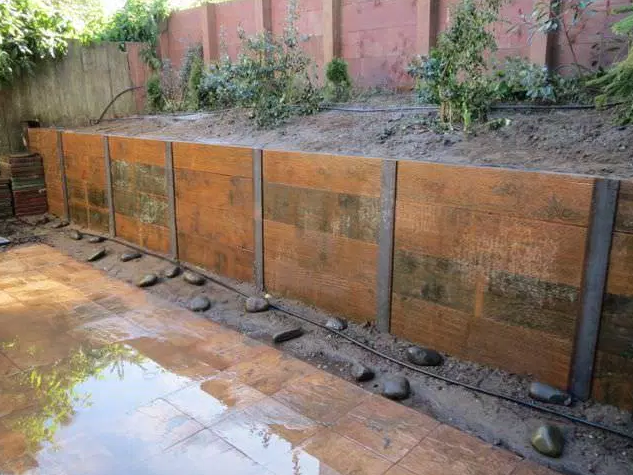
In the landscaping world, retaining walls have the major purpose of providing stability to the earth, preventing erosion and the movement of soil. With San Francisco’s hilly grounds, retaining walls are an essential part of almost any household, apartment complex and business. Mud slides, ground seepage, crumbling dirt trying to take over your backyard – these structures are a barrier in the constant battle between man and nature.
Because of the ongoing war with gravity these structures are built to be burly and unstoppable. However, contrary to popular belief, these carefully engineered systems can also be aesthetically stunning. Not only do they hold back Mother Nature, but they also offer pragmatic benefits towards embellishing your home, such as providing privacy to your outdoor living areas and increasing the value of your home (which is a great return on investment, by the way).
Normally, retaining walls use their own mass, backfill anchoring systems to fend off the terrain behind it. They’re most commonly made with offset cinderblocks, angled stones, heavy blocks, wood or reinforced concrete frames, and then filled or backfilled. The fill source can be from just as many materials as the wall itself, but it has to have the necessary physical properties to act as a resistance to the natural earth pressures.
Types of Retaining Walls (and Examples of Landscape Projects You Might Use Them for)
When you think “retaining walls”, you may picture the oh-so-popular gray, imposing hunk of concrete. There are several types, however, and each one has a better use compared to another. For instance, a gravity wall (which you’ll read about shortly) is great for short terraces, but not so great for retaining walls over four feet.
Gravity Retaining Walls are the oldest type of retaining wall, and are built to be bottom-heavy. Fatter at the bottom than they are at the top, they’re often built to lean against the ground they’re holding up. It takes math and a ratio to get them set right, but these walls are great for short terraces. At four feet tall or less, they won’t require mortaring or steel reinforcements.
An example of gravity retaining walls is this multi-terraced retaining wall and drainage project below.

Cantilever Retaining Walls can hold a significant amount of dirt, and are good for tall slopes. They have a horizontal base that extends out to the back, and often to the front as well. For a cantilever wall to last and not come down eventually, it needs reinforcements (often steel) and some form of water drainage.
While a retaining wall with weep holes or a drainage system doesn’t very aesthetically pleasing, you’d be surprised to find out how beautiful it can be. Tamate Landscaping often uses stone facing and caps to turn a plain wall into a perfect backdrop for an Asian garden, or stucco covering to blend in with the Californian landscape like we did in Glenn Park. Click the link to read more about this retaining wall project.

Steel H Beam and Plank Retaining Walls are sturdy structures, and great for soft soil areas. They consist of beams driven into the ground at spaced intervals. Only about one third of the beams are above ground, with the rest below. They can be made out of steel, wood, concrete, or a mix, as we did in this Buena Vista retaining wall project in 2013. We buried the steel beams, then used treated wooden planks for the wall material.

Now that you are a pro at retaining walls you can consider having one built. These walls have been around for years and continue to offer myriads of solutions and aesthetic landscaping additions. Take care of the evil slouch in the yard where you wanted to build a pool but never got around to it. Beautify the atmosphere of your home in the back yard, front yard or all the way around the house.
Contact Tamate Landscaping to discuss your landscaping project. Find out how a retaining wall can beautify your view.


